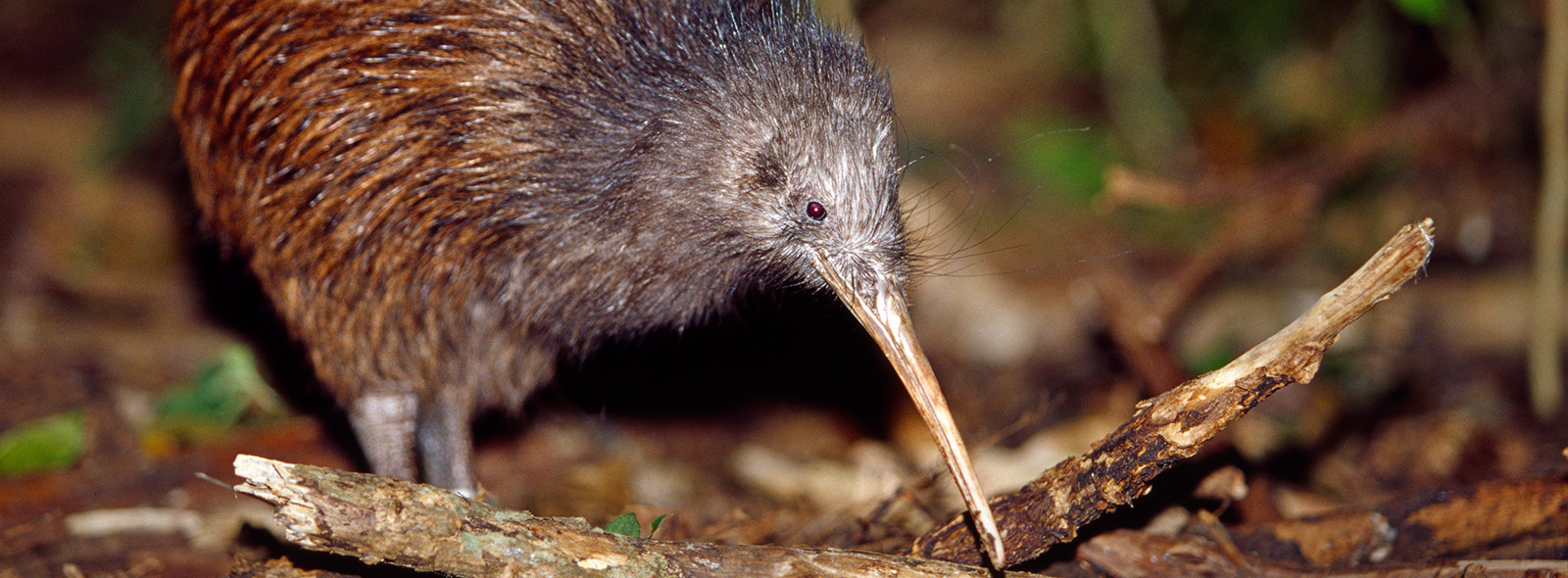Drilling for oil and gas in New Zealand: Environmental oversight and regulation
About six years ago, I recall suggesting to the Electricity Commission that it should be an Electricity and Gas Commission, akin to those in some other countries. With production from the large Maui natural gas field down to about a quarter of its peak, I was told firmly that gas was a ‘sunset industry’ in New Zealand. Roll on a couple of years and some were predicting the mainstay of our energy future would be the vast lignite reserves in Southland. Solid Energy has just sold two thousand hectares of farmland the state owned enterprise had bought because it lay atop seams of lignite.
Now gas is back. In part due to the technique of hydraulic fracturing or ‘fracking’, more wells are being drilled in Taranaki and the amount of gas and oil extracted in the region is rising. As in many other countries, there has been considerable opposition to fracking in New Zealand, and in November 2012, I released a report on the subject. In writing that report it became clear that much of the concern was not about fracking per se, but about the spread of the industry that the technique can enable. Consequently, the report dealt with the whole process of drilling for oil and gas, from choosing a well site right through to the abandonment of the well.
Note: As of 29 May 2015 the original PDF file available in the download list has been replaced with an edited version. The amendments are described in an Addendum also available in the download list.
In addition, following the release of the report RadioNZ quoted the Commissioner on 5 June 2014 saying: “The earlier consents for land farms speak of well worked-over fluids, which must include fracking fluids…”. To clarify, the “earlier consents” refer to generic waste types such as ‘oily waste’, whereas the later consents refer to well workover fluids. Also, generic waste may (rather than “must”) include fracking fluid.

